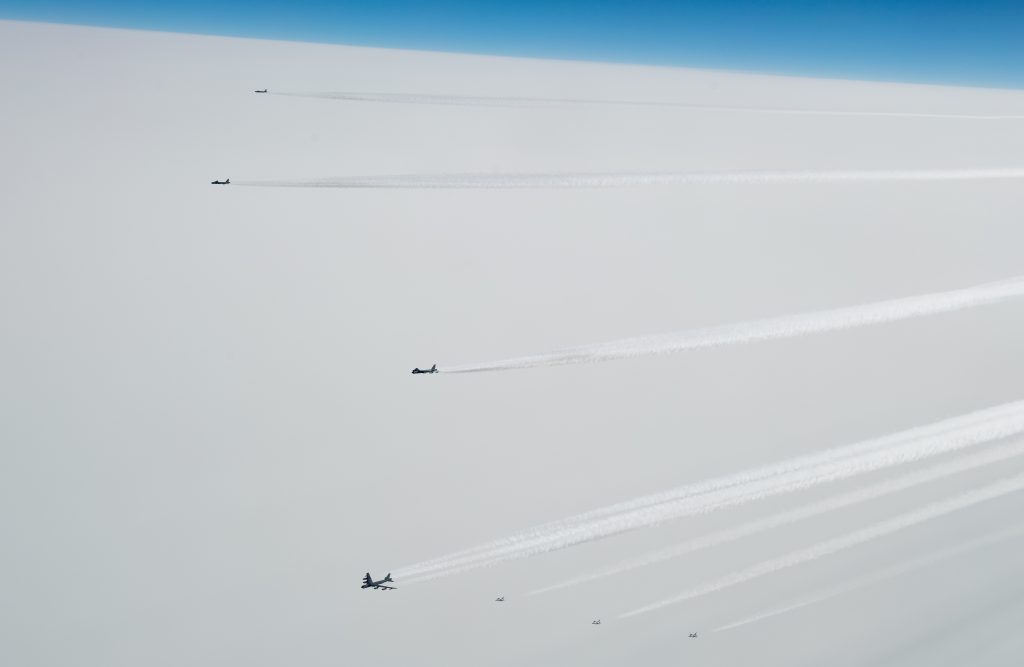Increase in NATO scrambled jets from Norway

With two F-16s in the air on Monday, the number of QRA (Quick Reaction Alert) to identify Russian military planes in the north has already passed the 2019 count.
“We can confirm NATO QRA from Bodø on mission today,” says spokesperson Major Brynjar Stordal.
The planes were visually identified as two Russian Tu-160 Blackjacks – long-range, supersonic bombers, the British Air Force later reported.
This weekend, Stordal tells, were two Russian Tu-142 anti-submarine warfare planes from the Northern Fleet identified outside Norwegian air space. The planes continued south to north of England before returning home. Two weeks ago, the US Navy submarine Seawolf surfaced outside Tromsø in northern Norway for crew replacement.
By September 14, Norwegian fighter jets on NATO alert have been scrambled 41 times. In 2019, 38 QRA take-offs took place. The number of Russian aircraft identified last year was 83, one less than so far in 2020, which still has more than 3 months left.
The Norwegian Joint Headquarters underlines that it has several means to identify Russian military planes, so scrambles itself do not necessarily paint the whole picture.
Changing activity in air space
In the first 15 years after the end of the first Cold War, there were very few scrambles. In 2007, Russian long-range bombers (Tu-95 and Tu-160) again started to fly west of the Barents Sea into international airspace in the North Atlantic.
The number of scrambles from Bodø airbase increased until 2014. In 2015-2016 the Russian military flight activity in the north was substantially lower again, by the Norwegian military believed to be caused by activities other places, and maintenance challenges with the planes. From 2018, when Norway was host of exercise Trident Juncture, Russia’s long-distance flights increased again.
Last week, Norwegian, British, American and Danish maritime surveillance aircraft were daily met by Russian fighter jets over international airspace in the Barents Sea as the four-nation NATO naval group were exercising navigation in the area.
Related stories from around the North:
Arctic: Are potential Arctic security threats eclipsing urgent action on climate? A new study makes its case, Eye on the Arctic
Canada: COVID-19 blamed as work on Canadian Arctic military port first promised in 2007 sees new delay, Radio Canada International
China: China, Russia singled out in new U.S. Arctic defense strategy, Eye on the Arctic
Denmark: Pompeo to talk Arctic at upcoming meeting with Danish Foreign Minister, Eye on the Arctic
Iceland: Nordics should aim for common approach to China’s Arctic involvement says report, Eye on the Arctic
Norway: Good Fences? Good Neighbours? The Diplomatic Travails of Norway and Russia, Marc Lanteigne
Russia: Russian navy conducts major manoeuvres near Alaska, The Associated Press
Sweden: Sweden’s FM calls for more EU involvement in Arctic as country hosts EU Arctic Forum, Radio Sweden
United States: U.S. appoints special coordinator for the Arctic to advise on national security, economic issues, Eye on the Arctic



